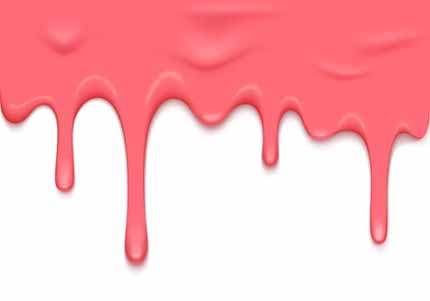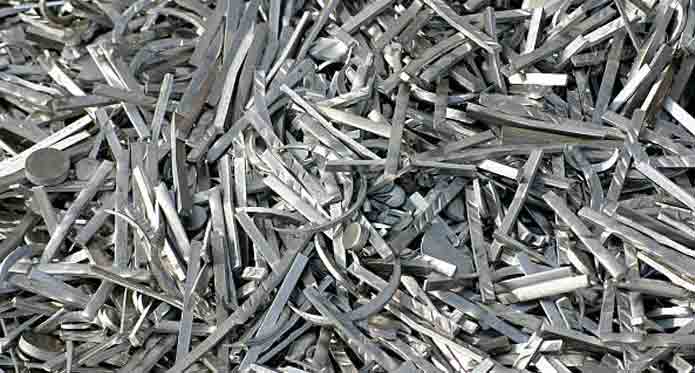In this article, we’ll look at Adhesives, Thickeners, Surfactants, and Pigments. To better understand the different types of additives, let’s break down the various raw materials. What are their main applications? And what makes them important to the manufacturing process? Read on to learn more. Listed below are the main types of additives in paints and coatings:
Adhesives

There are a number of different types of adhesives used in paints and coating additives. These are classified into two main categories: one-part and multi-component. One-part adhesives contain two or more different components that react when mixed together. They show full adhesion only after curing. The multi-component types of adhesives may be solvent-based or solvent-less. In the former category, the solvents in the adhesive act as a medium for the resin. During curing, the solvents are evaporated, allowing the two components to bond together.
Thickeners
There are several types of thickeners used in paints and coatings. They help control rheology, or the viscosity of a composition. The type of thickener that is appropriate for your application will depend on your specific needs. The following article will discuss the different types of thickeners available in the market today. These materials may be helpful in achieving a smoother finish, or can help improve the adhesion of the paint.
Surfactants
The global market for architectural coatings is growing at an impressive pace, and the Middle East and Africa region are attractive growth opportunities. This growth in architectural coatings is driven by increased demand for high-performance additives that increase the surface properties of paints and coatings. Evonik is focused on advancing the science and technology of surfactants and fostering process efficiency. Surfactants fall into three broad functional landscapes:
Pigments
Pigments are insoluble particulate materials that impart colour, opacity, gloss, and rheological properties to paints and coatings. They are also a cost-effective means of achieving certain aesthetic effects. They are used as fine particles, ranging from 0.01 to 100 micrometres in size, and may include carbon black, sand, or mica. To learn more about how pigments work, read about some of the most common types of pigments.
Conclusion:
Cellulosic thickeners are a class of polymer that act as suspending agents and emulsifiers in paints and coatings. They are available as a hydrophilic white powder and are biodegradable. They can be obtained from wood or other sources, and are highly resistant to adsorption. These polymers have a wide range of uses, including in the pharmaceutical and cosmetic industries.







